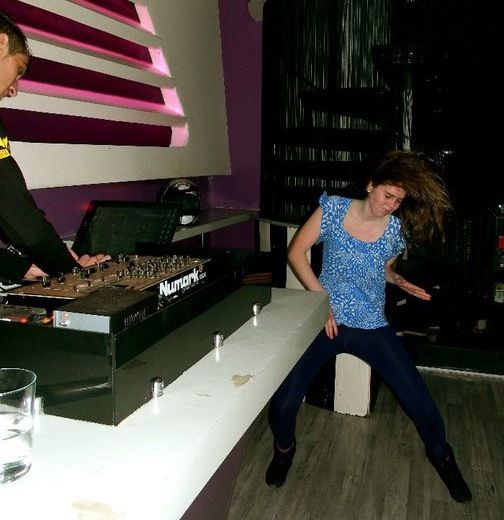
That's a Wrap
Exploring Architecture: Family Day at the Hammer on September 8, 2013 was the third annual Family Day, a large event of art-making, music and fun based on one of the Hammer’s special exhibitions. This year’s Family Day was themed on architecture, and coincided with the last day of the A. Quincy Jones exhibition. The goals of Family Day are to bring creative, exhibition-based and hands-on educational activities to a diverse and multi-generational audience. This year’s Family Day was supersized; we had more artists and more projects than we have ever had before, and were able to explore architectural questions in depth.
The activities were so successful in a way because they were so simple yet so focused. Each architect and artist came up with a question to explore in their activity that related to architectural thinking about space, light, scale and material, from “What is a home?” to
The activities were so successful in a way because they were so simple yet so focused. Each architect and artist came up with a question to explore in their activity that related to architectural thinking about space, light, scale and material, from “What is a home?” to






